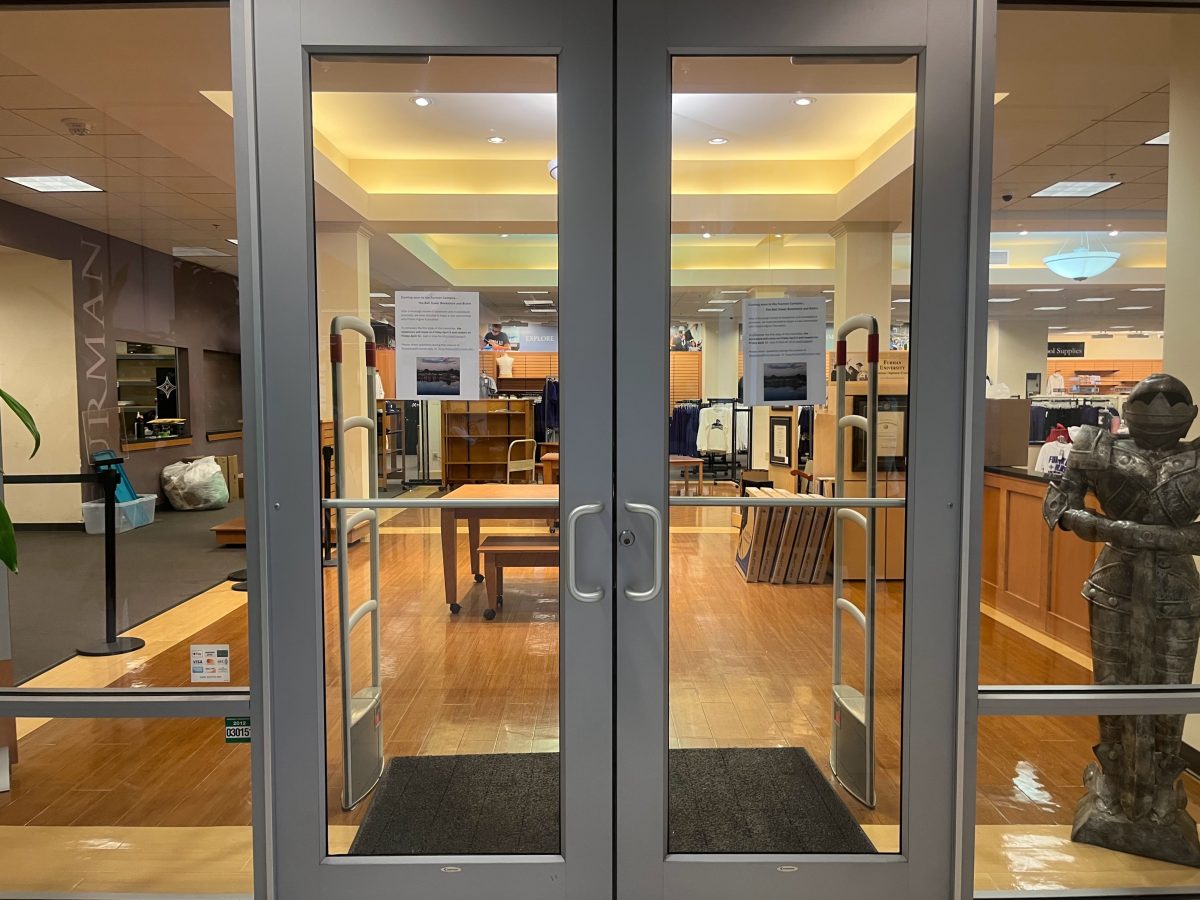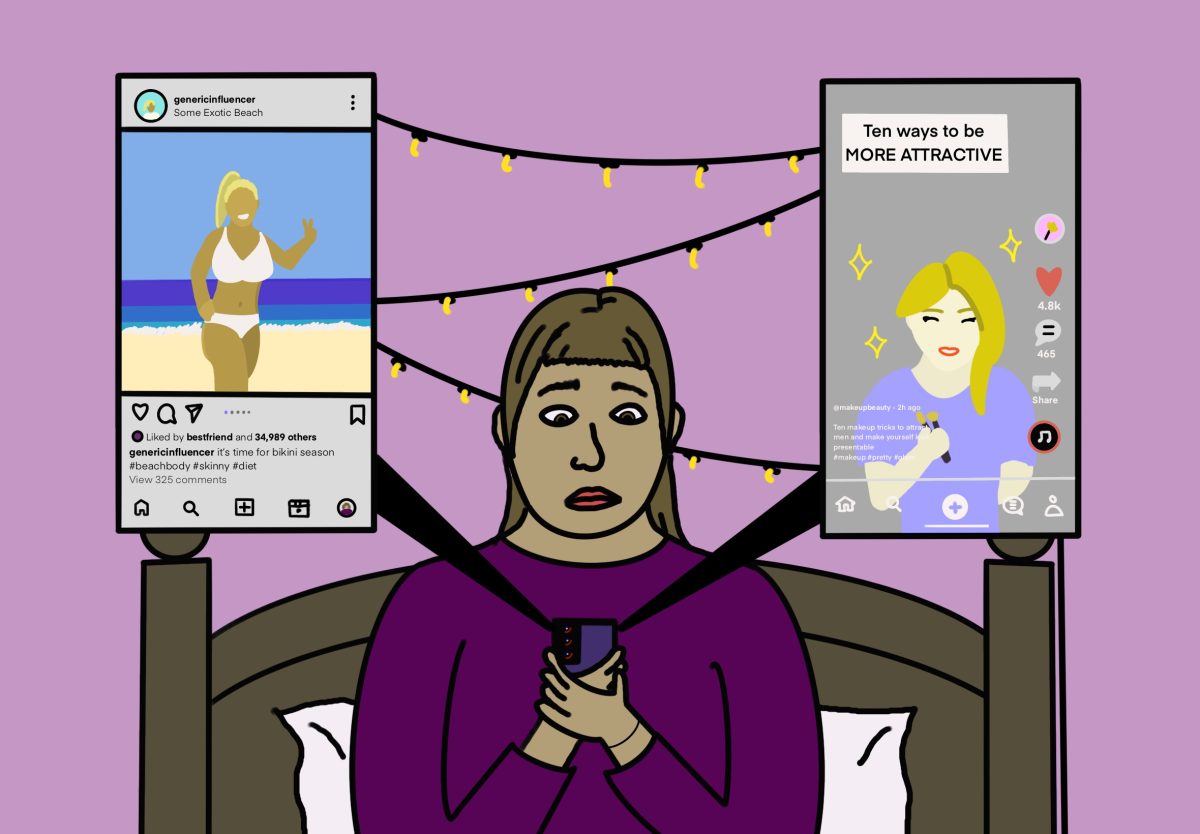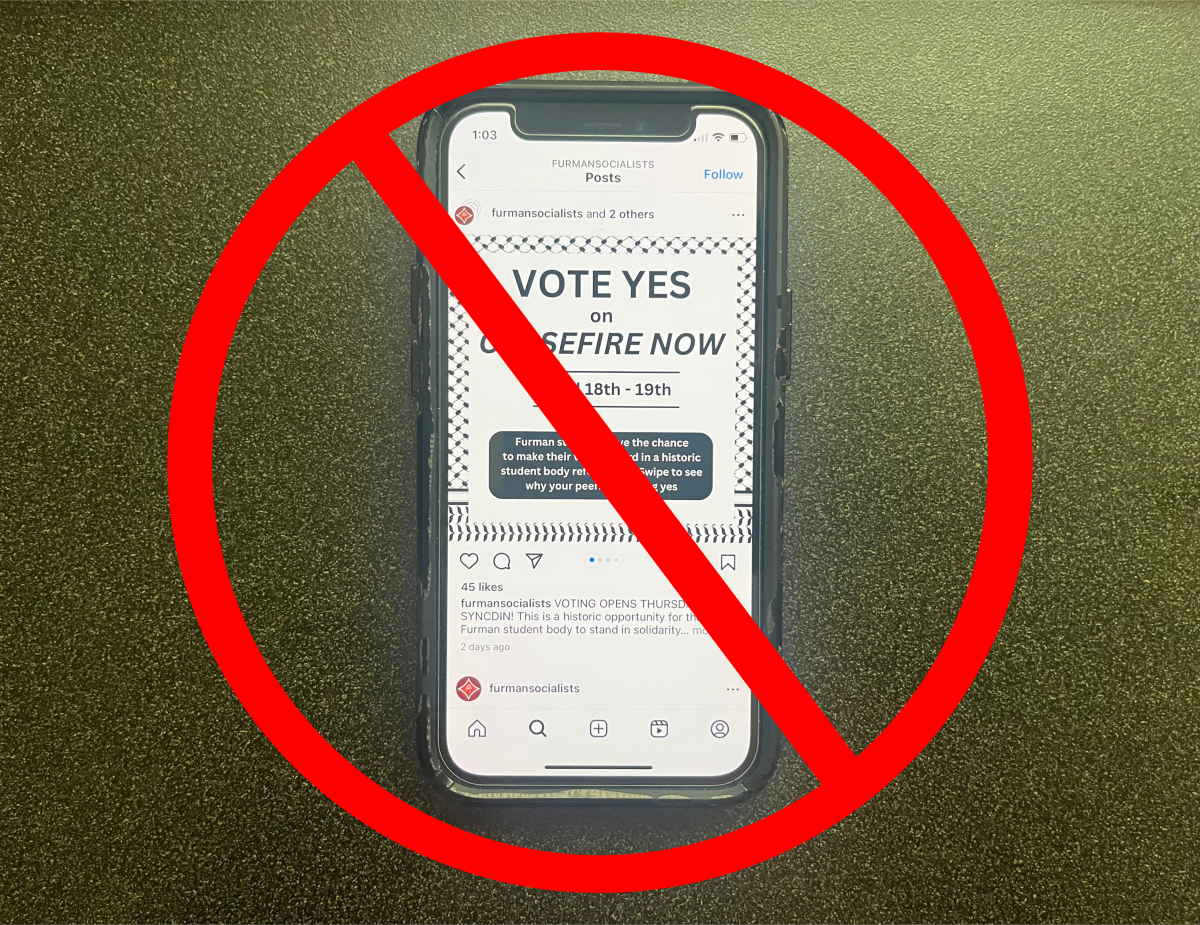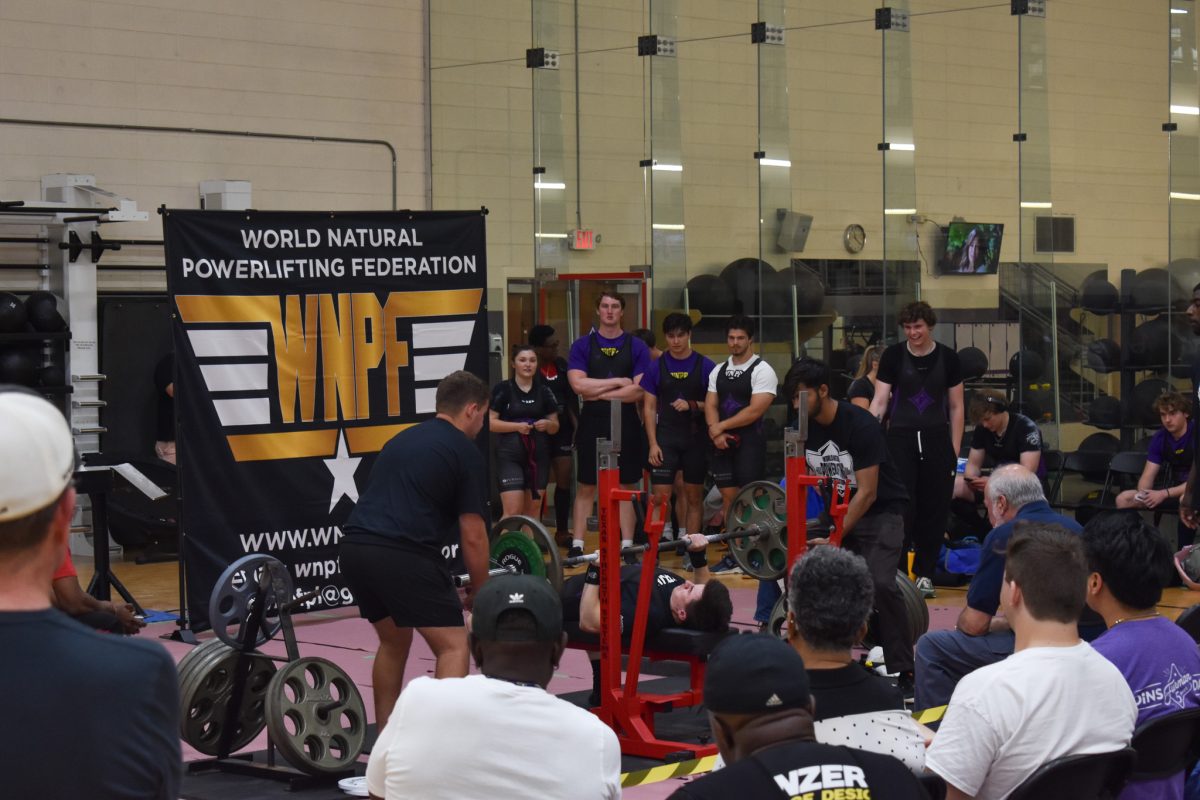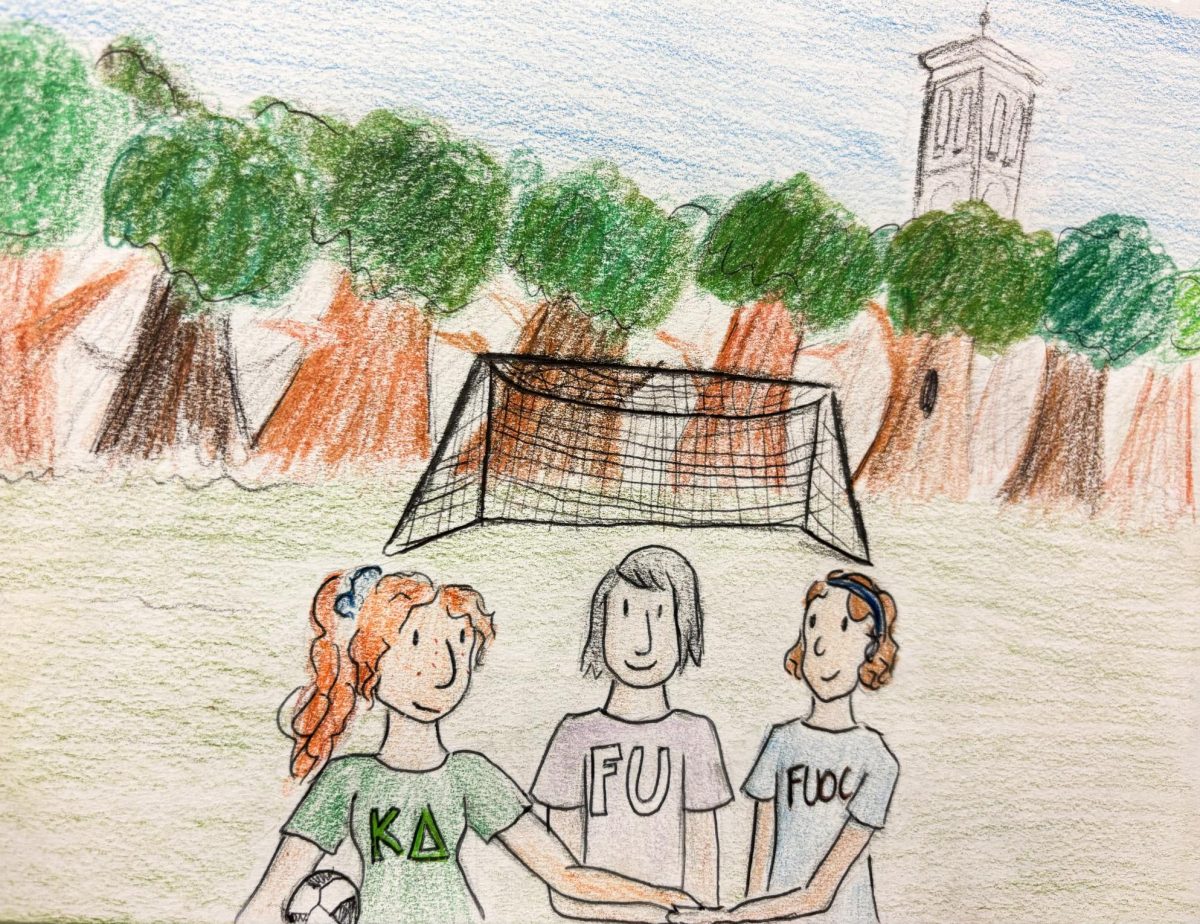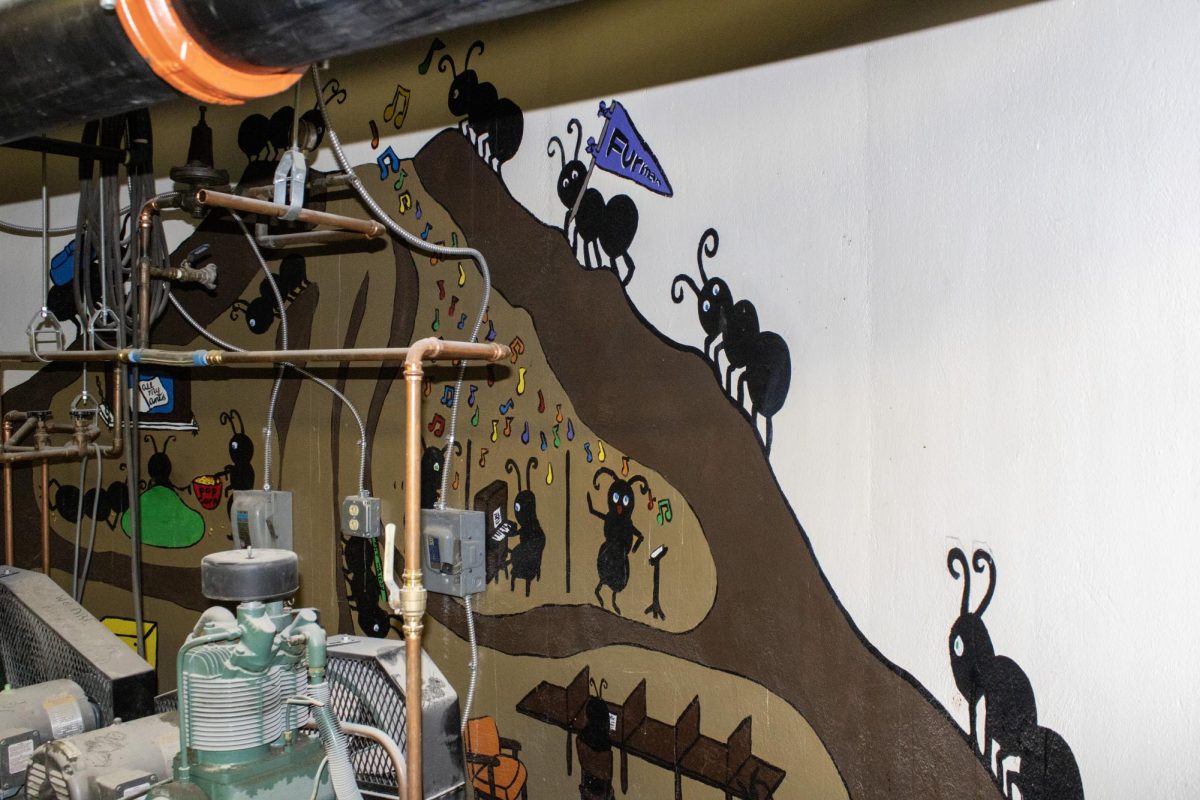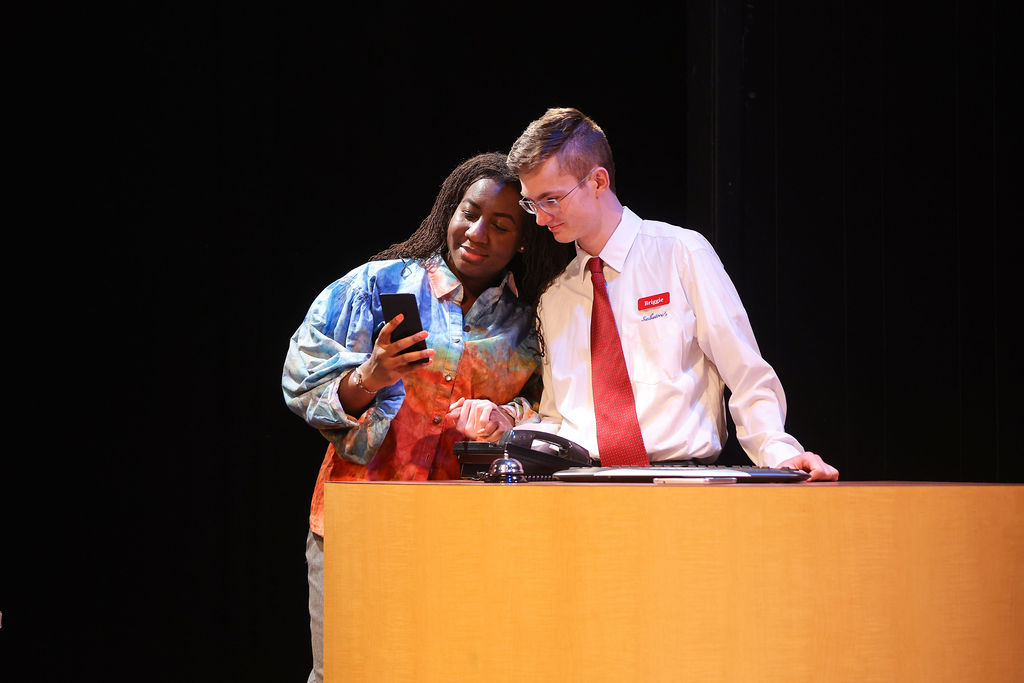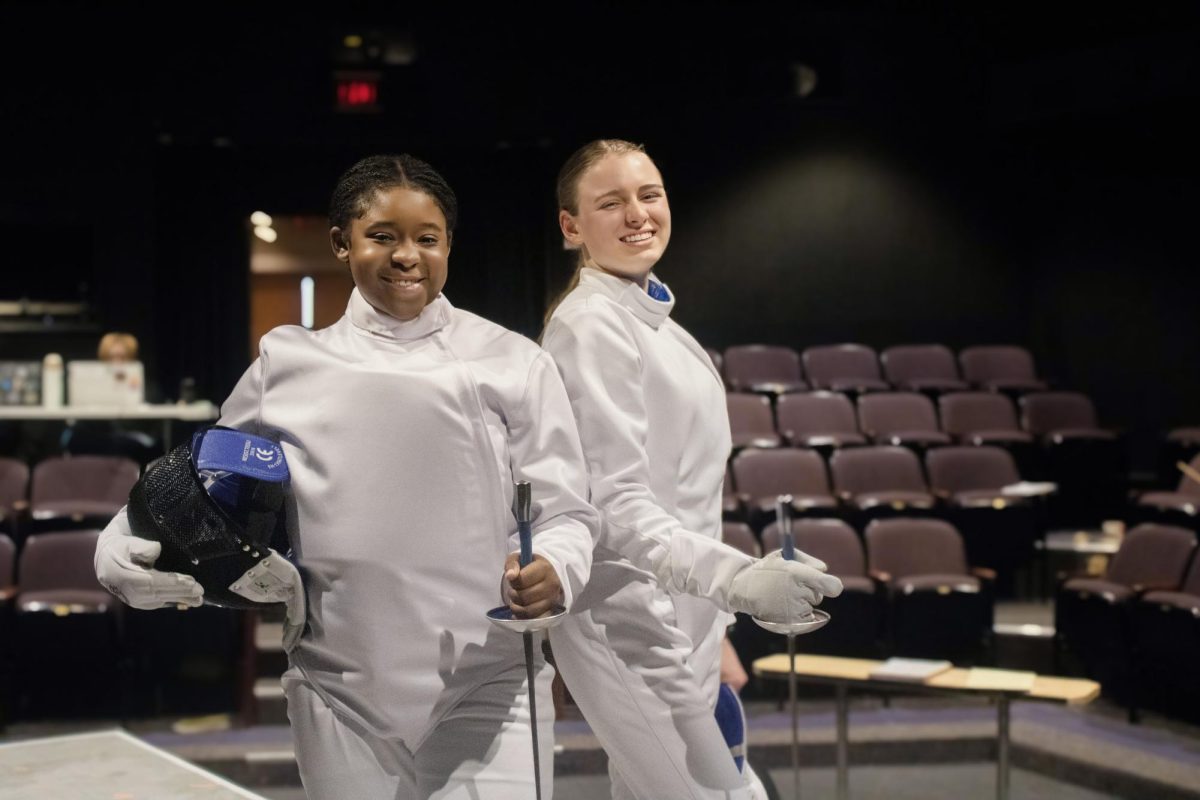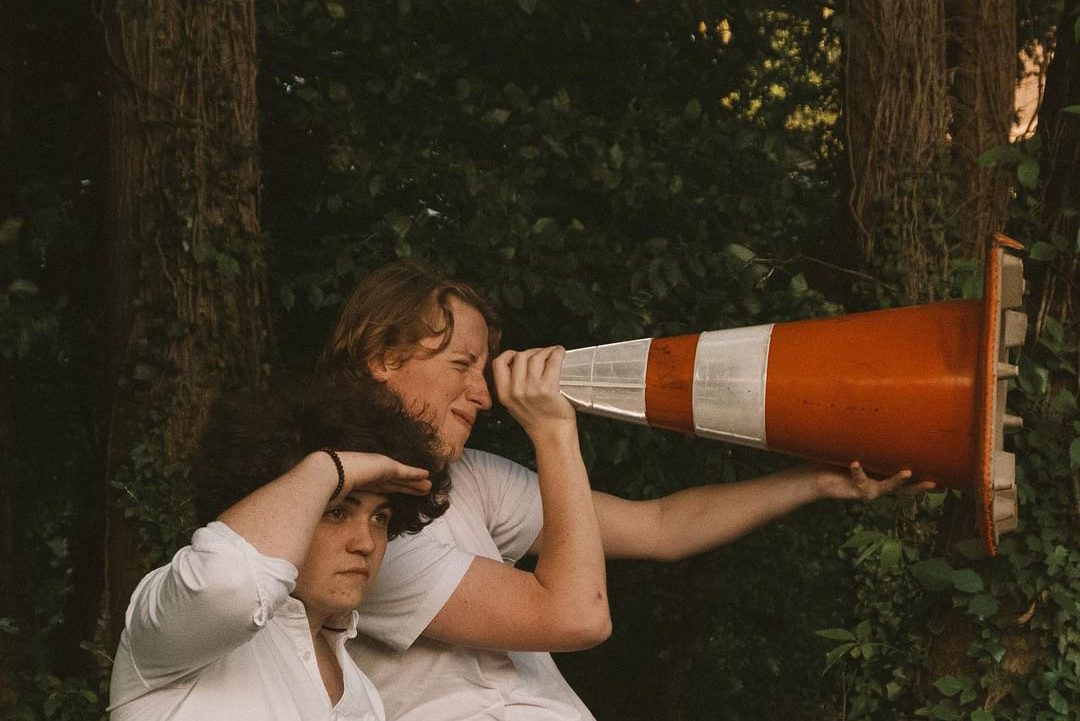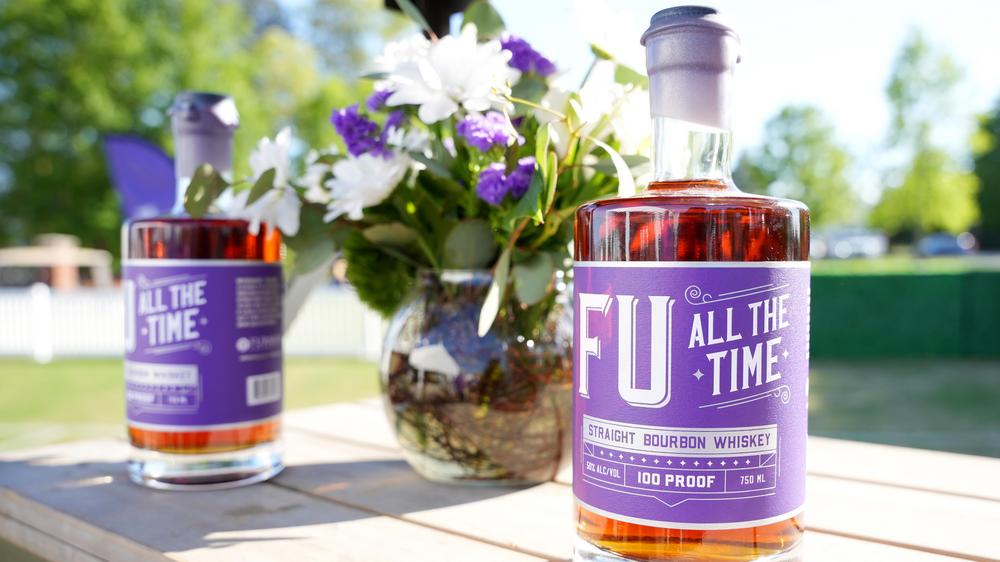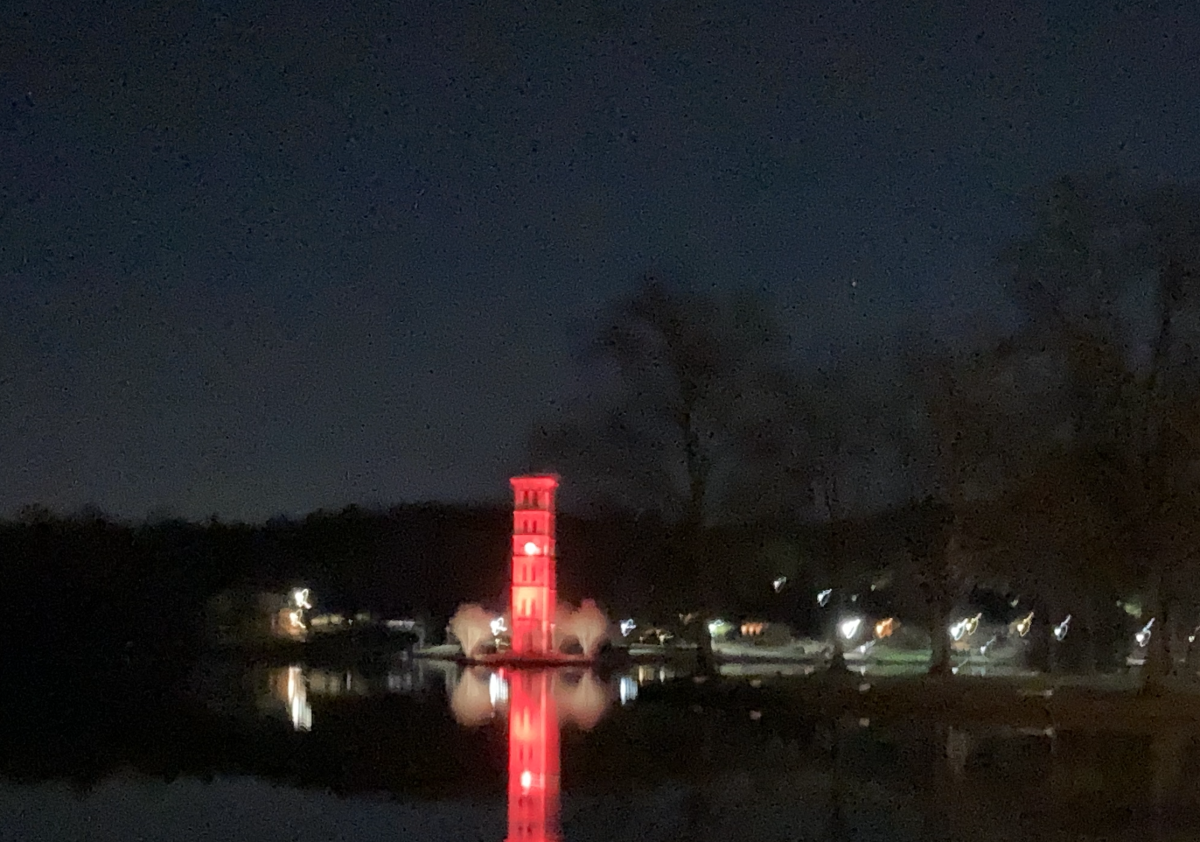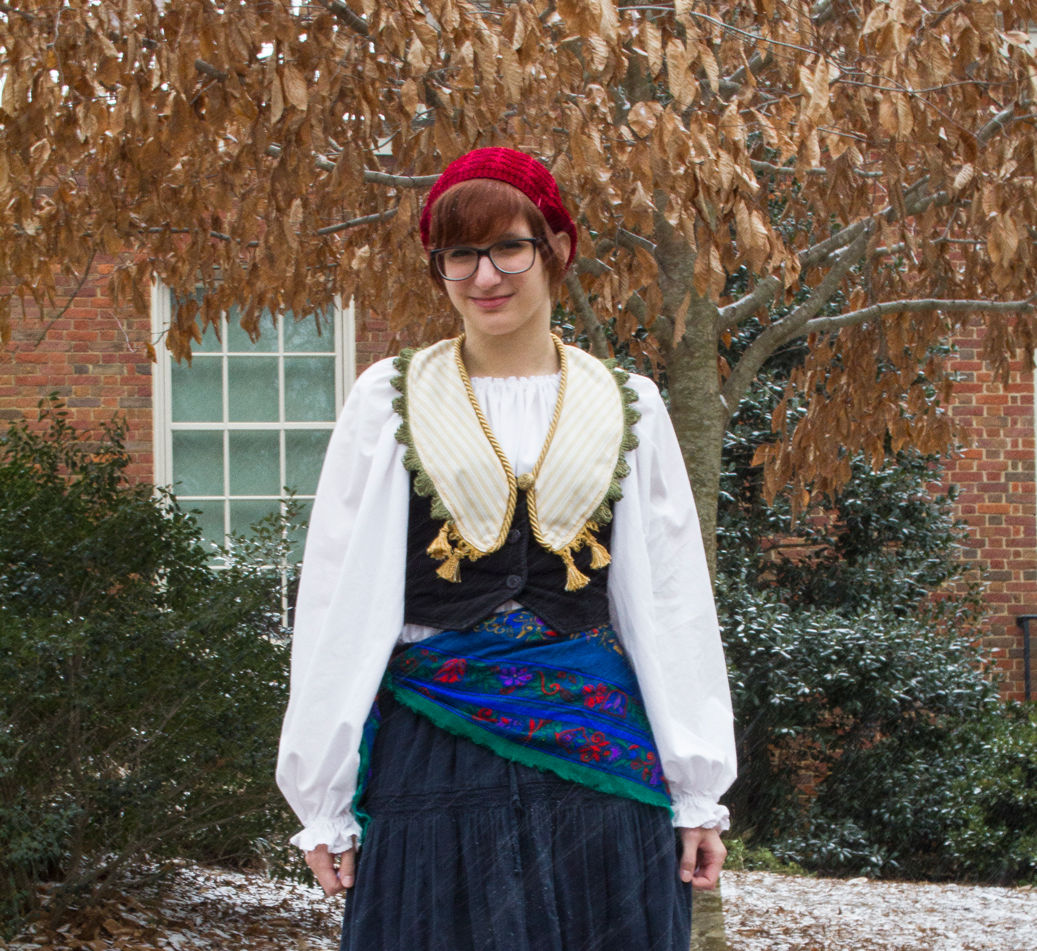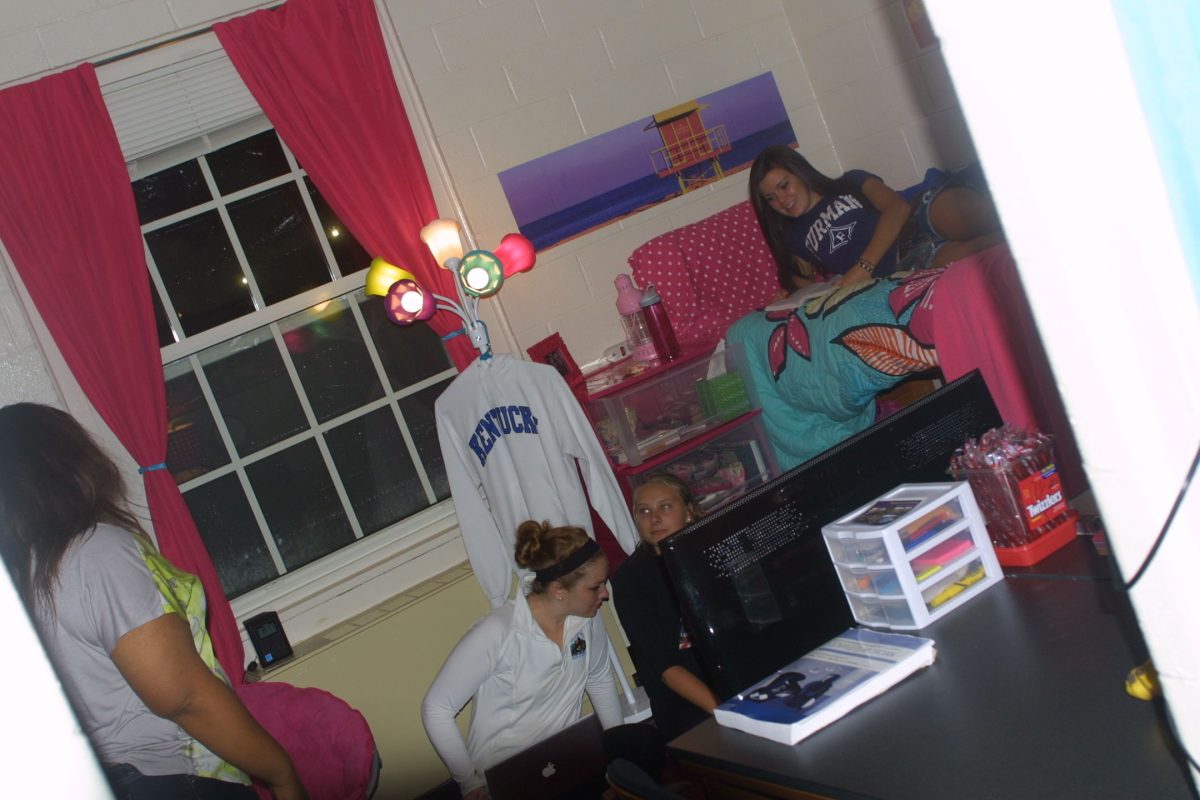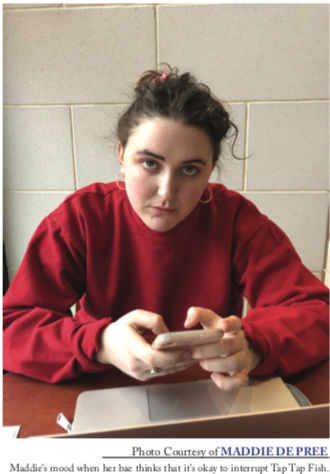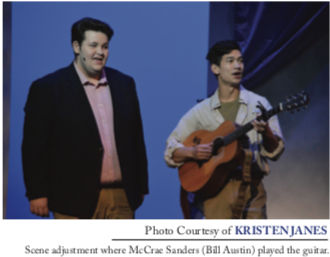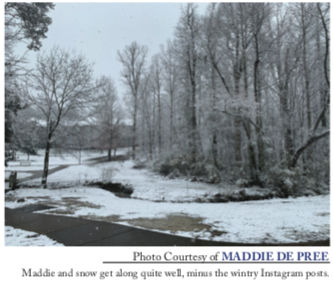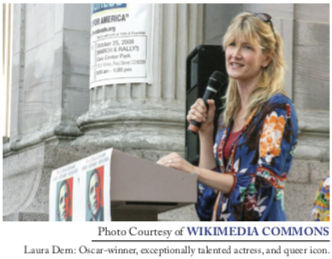In recent years, shopping at thrift stores has undergone a resurgence amongst the young and hip, who combine cost-consciousness with a D.I.Y. approach to fashion that seeks style amongst the discarded clothes of yesteryear.
Junior Caroline Mitchell counts herself among the many who enjoy the thrills of approaching thrift stores as boutiques, but she also brings a unique vision to the task, one that’s probably less familiar to the many 20-somethings on the hunt for the perfect ironic T-shirt to complement their thick-rimmed glasses.

Photo courtesy of Bryan Betts
Where others see nightgowns and pajama pants, pastel sweaters and floofy blouses, Mitchell sees outfits that can evoke everything from sugary ’80s pop to a Grimm’s fairy tale, drawing on Japanese street fashions largely unknown in the U.S. to find new possibilities in those Goodwill bargain bins.
Japanese street fashion is an umbrella term for a broad range of fashions, most originating in Tokyo, that create custom outfits by combining current and outdated clothing styles in novel ways. Mitchell first learned about these fashions in high school when, while attending an anime conference, she was introduced to Lolita fashion, a spin on Victorian-era styles that has become popular in the United States.
For Mitchell, Lolita clothing appealed to a lifelong interest in historical fashions, and she soon began wearing clothing in that style, even attending Lolita meetups during her freshman year to share her interest with others in the Greenville area.
“I’ve always liked historical fashion, and so it was a way to wear that in a modern setting,” Mitchell said.
The meetups became more difficult to attend as coursework and campus involvements took up more of her time, but her interest in Lolita style led her to other Japanese street fashions that similarly reinvent bygone styles. Mitchell explained that these fashions often emerged when vintage clothing stores in Japan would purchase used Western clothes and combine them to form new looks, making it easy to recreate practical outfits by shopping at local thrift shops.
“I don’t have a specific interest in Japanese culture,” Mitchell said. “They just happen to have a lot of fashion that re-interprets historical fashions.”
She said her own clothing choices generally fit into four loosely-defined styles: fairy kei (or clothing), which uses bright pastels to create an “’80s children’s vibe;” mori kei, which emphasizes loose-fitting natural fabrics and earth tones for a look befitting the Forest of Arden; dolly kei, which combines vintage clothes in ways that evoke a medieval fairy tale; and cult party kei, which layers sleepwear for what Mitchell called a “vintage bag lady” style.
Layering clothing is important for most of these styles, and Mitchell said it takes enough time and energy to put together an outfit that she’ll stick with the simpler t-shirt and jeans when she has an early morning class.
Mitchell’s eclectic ensembles usually receive good comments, she said, particularly when she wears the more widely recognized Lolita fashions, but Mitchell acknowledged that it takes more confidence to wear fashions that others are less familiar with.
“It takes a certain mindset,” she said. “Sometimes people are going to look at you more.”
But Mitchell added that historical fashions serve as a creative outlet for her — she sews and will often modify her thrift shop finds to create new pieces — and said that wearing them helps inject life into daily routines.
“There’s something fantastical about it, a “Lord of the Rings” sort of feel, an outside everyday life feel to them,” she said, noting that wearing these fashions makes going to class more interesting.
Mitchell said historical fashions were not so much about role play as about exploring material culture through clothing.
“This is just me, just in different clothes,” she said.



